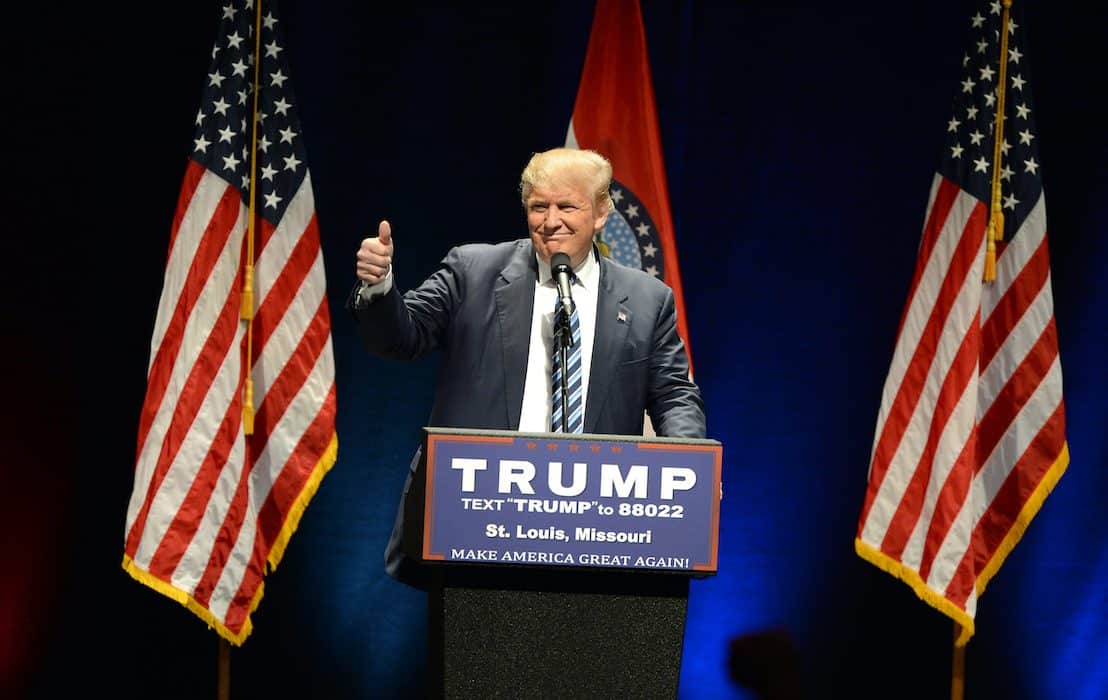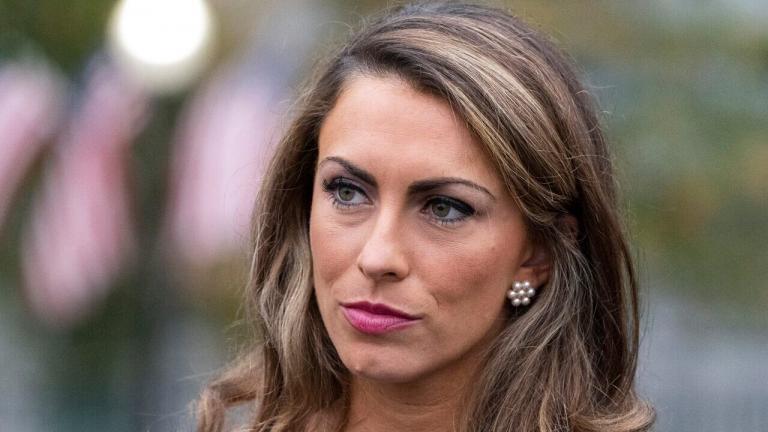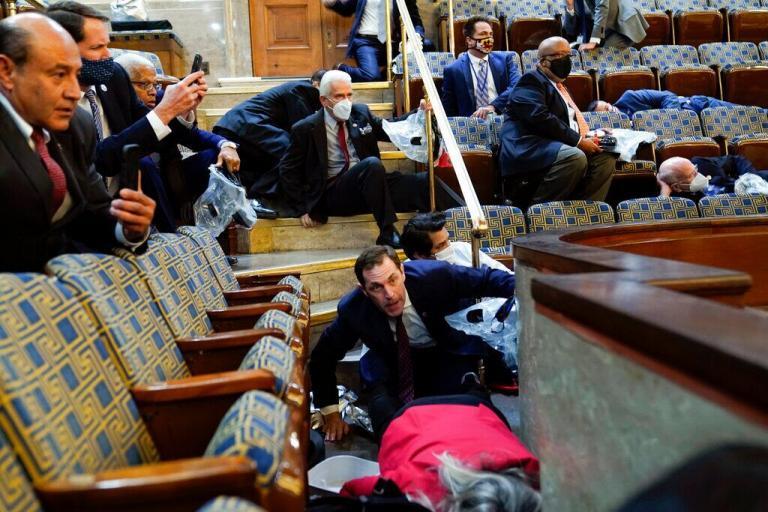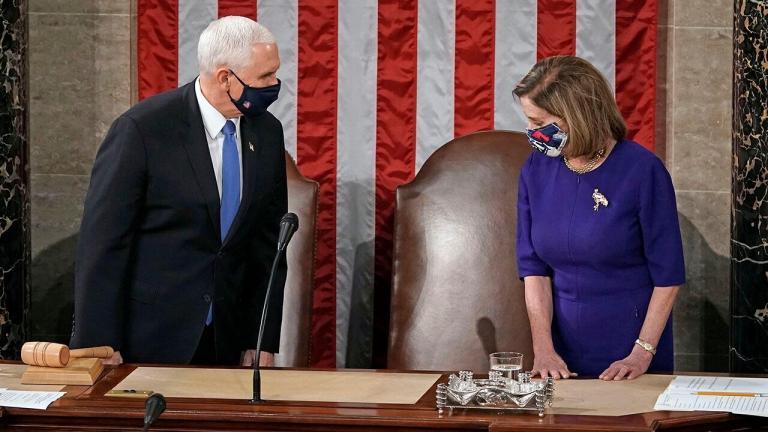Down deep, in keeping with his background in business and marketing, Donald Trump is a popularist. That being the term, uh, popularized by Democratic political analyst David Shor. It can be summed up easily enough: hug the middle, avoid being tagged as an extremist.
In fact, on a host of issues—he’s in favor of tax cuts, Social Security, and infrastructure, and against illegal immigration, crime, and most trade with China—Trump holds positions that rate as majoritarian. By contrast, many of Joe Biden’s positions—open borders, electric-vehicle mandates, energy export pauses, transgenderism—count as minoritarian.
(Yes, one could dispute every one of these assertions, but electoral politics is about themes and, okay, about optics. For instance, there might be a good reason—or no good reason at all—why the Bidenites chose to celebrate Transgender Day of Visibility on Easter, but they did it, and Trump has made them own it.)
The goal of the pragmatic politico is to play popularist while framing his opponent as an extremist. We might think of it as the electoral equivalent of the children’s game of “pin the tail on the donkey.” Only now, it’s pin the extremist tail on the partisan donkey, the Democrats. Or, of course, pin it on the elephant, the Republicans.
Just last month here at The American Conservative, this author wrote of Trump, “For all his personal vehemence, he is something of a popularist.” I specifically cited the abortion issue, which Trump has long tried to downplay, as part of a middle-muddle strategy.
Now Trump’s April 8 campaign video eliminates all doubt: He’s a center-hugging popularist. In the wake of the Supreme Court’s 2022 Dobbs decision—which overturned Roe v. Wade, reverting the abortion issue to the states—Trump actually wants to vindicate that position. In that video, he reminded viewers that his three Supreme Court picks all voted for Dobbs. But Dobbs, of course, didn’t ban anything but federal overreach. In the wake of Dobbs, each state must decide; Trump knows pro-life states will restrict and ban abortion, while pro-choice states will not. The result will be a muddle red-blue checkerboard on the map; for instance, Iowa and Indiana pro-life, Illinois, in between, pro-choice.
Is such a piebald outcome satisfactory to either of the respective hard cores on abortion? Of course not. But the problem for the voter-minded pol is that both polarities of the debate, Planned Parenthood (PP), and the Right to Lifers (RTL), can be dubbed, fairly or unfairly, as extremist.
PP’s extremism is well known: In keeping with its tacit reality as a front for abortion doctors (anti-natalist zealots and profit-maximizers, both) it supports abortion up to nine months—and it doesn’t even hide it. Such ne plus ultra, which a former Democratic senator compared to infanticide, would be an anti-popularist loser were it not for one thing: It’s mirrored, even masked, by the perceived extremism of the RTL side, which emerged in the wake of Dobbs.
Put simply, the general RTL goal of a six-week limit on abortion is too much for most Americans. In the meantime, various Republican proposals for the death penalty for abortion, however marginal to the main RTL effort, are duly played up by the MSM and made to look like they’re coming from the GOP establishment.
This author counts himself as pro-life, but it’s been sobering to see the pro-life position getting pummeled these last two years, even in right-of-center states such as Kansas and Ohio. Indeed, the Republican fizzle in the 2022 midterms was attributable, in no small part, to the backlash against the Dobbs decision.
Or, more precisely, the backlash against the way some GOPers acted in the wake of that decision, seeking to nationalize what could have been, post-Dobbs, a state-by-state issue. In September 2022, Sen. Lindsey Graham of South Carolina, the top Republican on the Judiciary Committee, put the issue of a federal ban at 15 weeks on the national agenda; that legislation had no chance of passing, and yet it caused a tremor, signaling to pro-choicers that the pro-lifers were coming for them, even in their pro-abortion bastions.
In fact, the unpopularity of this non-popularism has been pronounced. Hence this Fox News headline from March 27: “Fox News Poll: Record number say abortion should be legal.”
So now comes Trump, seeking a middle path, aiming to let some of the steam out of this pressure cooker—and of course, seeking to aid his own re-election campaign.
Indeed, as this author has argued here at TAC in the past, the divisions in America, red and blue, RTL and PP, are so strong as to defy any consensus; the best answer is legal devolution, such that red RTL and blue PP are both safe in their respective domains. That’s an outcome not satisfactory to any purist, but the possible alternative, civil war, is a good deal worse.
In the meantime, RTL isn’t happy with Trump. “We are deeply disappointed,” said Marjorie Dannenfelser, president of Susan B. Anthony Pro-Life America. Yet as POLITICO noted, “The group reiterated its commitment to ‘defeat President Biden’ and congressional Democrats.” After all, if Biden is re-elected, his judicial nominees—including, potentially, for SCOTUS—will be PP true believers; if they could, they would reimpose Roe—and more.
Still, the same Lindsey Graham “respectfully” opposed Trump on the abortion issue. Whereupon the 45th president responded, citing “the 10th Amendment and State’s rights.” With those principles in mind, he continued, RTLers in and out of Congress should “proudly get on with helping Republicans to WIN ELECTIONS, rather than making it impossible for them to do so.” Hard to be more popularist than that.
Trump-type popularists can say: Republicans have a moderate position on abortion, letting the states sort it out So what of Democrats? Do they wish to be extremist? Out in public with their anytime pro-abort bloodiness while Republicans are moderate in their Constitution-minded goals? Bring it on.
Originally found on American Conservative. Read More







